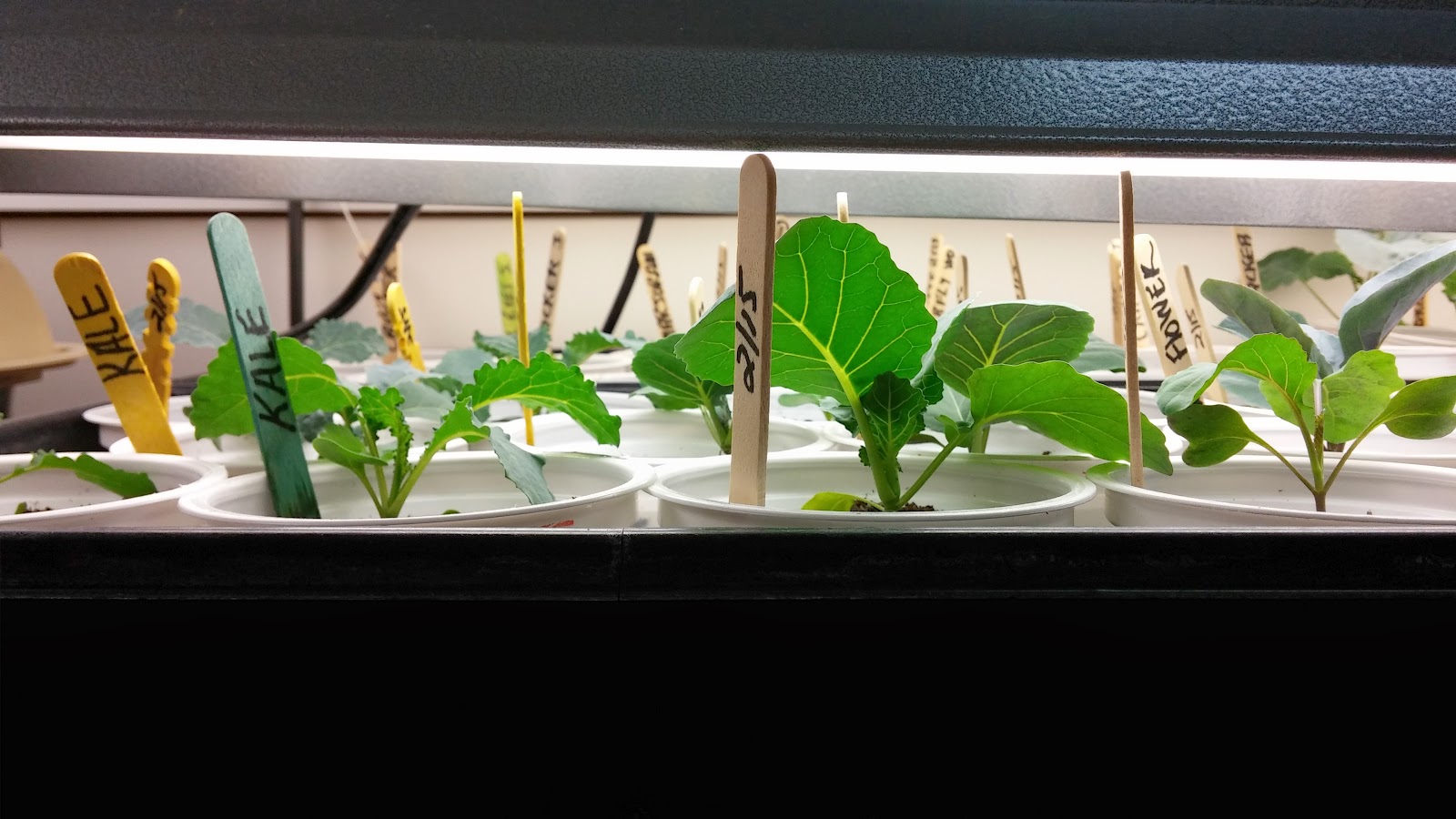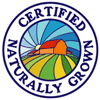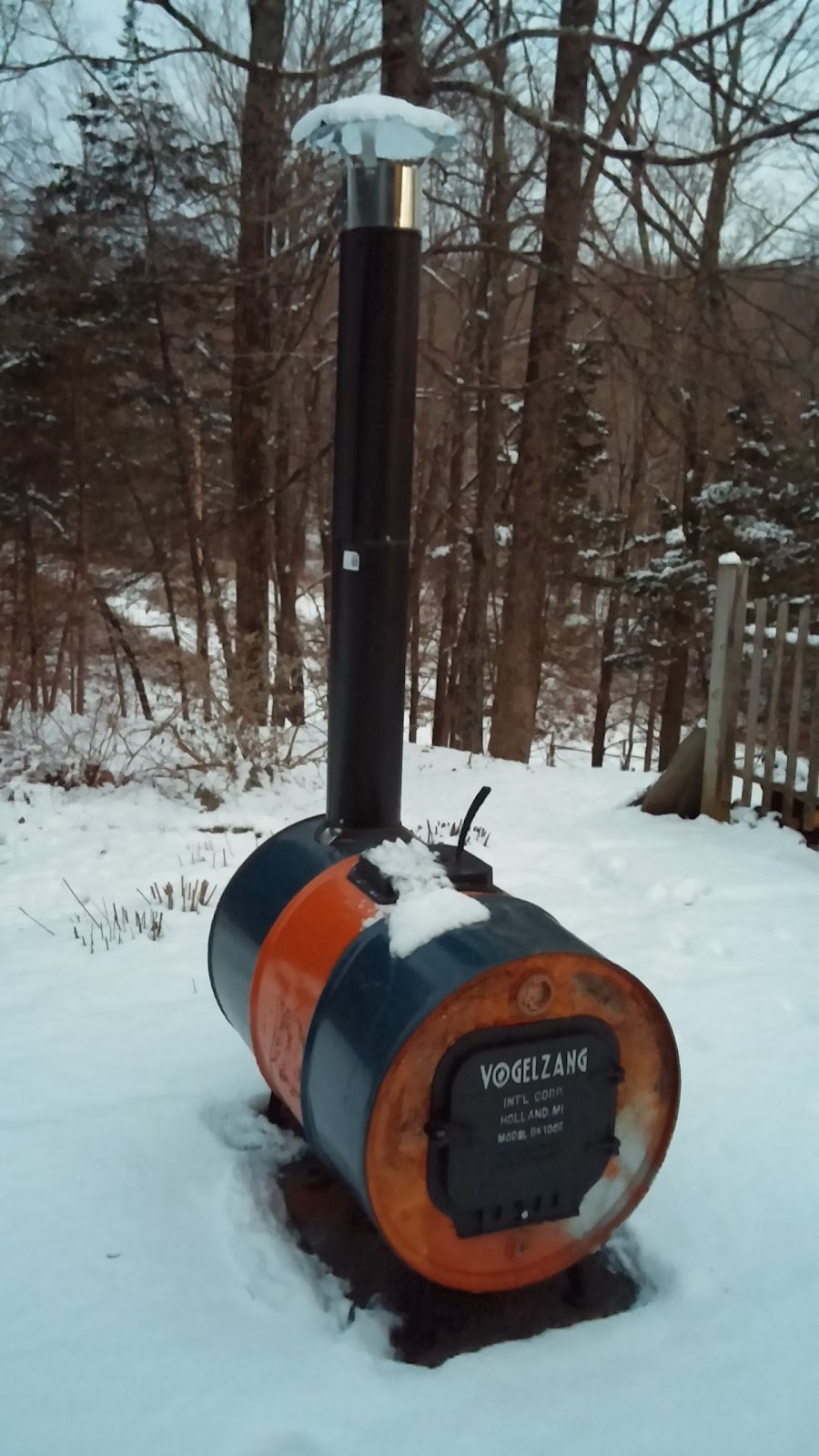 |
Garlic is the ultimate "sustainable crop". Once you begin growing your own, simply save the best bulbs from your harvest for the next season's crop. If you also preserve your garlic, you can have garlic all year long: scapes, fresh garlic, cured garlic, and finally, dehydrated garlic, without ever having to purchase garlic again--unless you want to try new varieties.
If your garlic was planted in New York in the fall, the lower
leaves are likely brown and dying back, indicating it's time to harvest.
|
| Gently pull the bulbs from the ground. |
 |
| I “cure” three-fourths of our bulbs for a month, spread in a single layer on screens indoors out of direct sunlight until the stalks are dry. |
Once cured, I set aside enough of the largest and healthiest bulbs to plant in the garden in the fall, and store the rest in the basement to be used in the kitchen over the next six months or so. Then I dehydrate the final bulbs to cook with during the limbo months after the stored garlic is no longer fresh and before next season’s harvest.
How-to Dehydrate Garlic:
 |
3. Slice or dice cloves into pieces that are between 1/8” and 1/4” thick.
|
 |
| 5. Dehydrate outdoors on a sunny day so the intense garlic odors remains outdoors. |
 |
| 6. Dehydrate at 135 degrees for 12-16 hours until the pieces are no longer squishy. Store in mason jars.
Garlic has been used for thousands of years to sustain good health; so ensure a plentiful supply throughout the year.
|

























